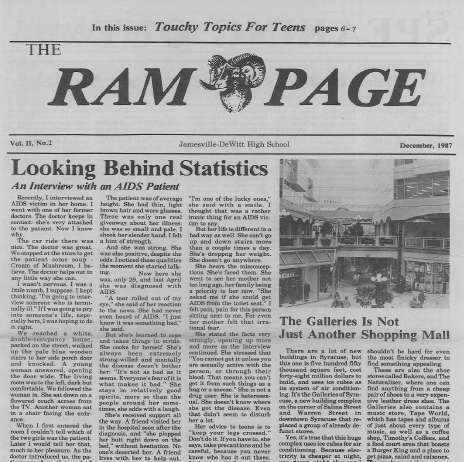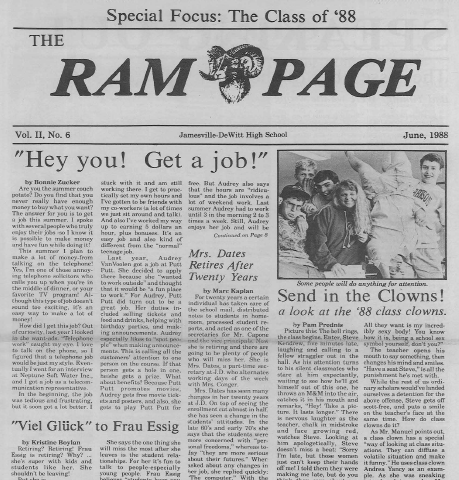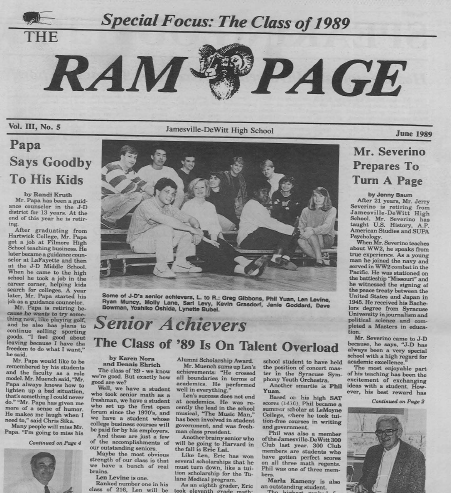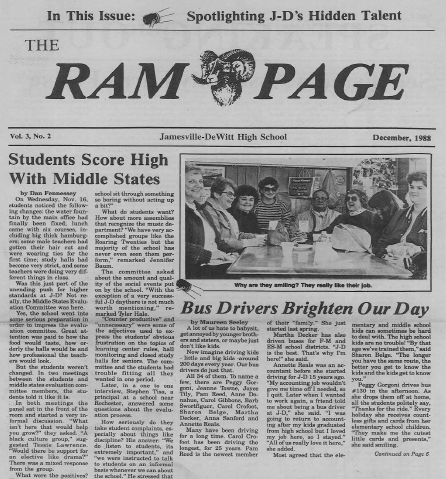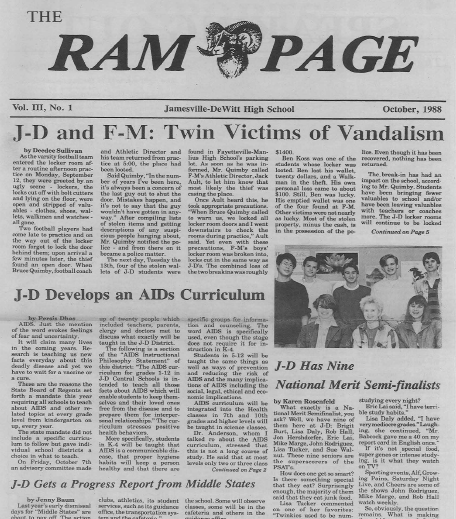In 2010, former president Barack Obama signed the Healthy Hungry-Free Kids Act (HHFKA) into law due to Michelle Obama’s Let’s Move! initiative. Her initiative aimed to reduce childhood obesity and encourage a healthy lifestyle in children. The law updated nutritional standards for the first time in 15 years and increased school meal funding for the first time in 30 years. The intent of the program was to “help ensure every American child had access to the nutrition they need to grow into healthy adults.” Fortunately, a majority of the goals came to fruition. According to the U.S Department of Agriculture, a follow-up of the act in 2014 stated that the program had become more tailored for each school and improved nutrition overall. Kids were shown to eat 16% more vegetables and 23% more fruit as well as less fat, sodium, and refined grains.
The law’s ban on whole-fat milk was originally seen as a way to combat obesity, but instead, it substituted the healthy fatty acids such as omega-3s found in milk fat, and replaced it with less healthy alternatives like sugars. The American Heart Association recommends that children consume less than 25 grams of added sugar per day. However, the classic Byrne Dairy carton of chocolate milk offered in school lunch lines contains 25 grams of added sugar, and its second ingredient listed is high fructose corn syrup. Overeating high fructose corn syrup can lead to insulin resistance, obesity, type 2 diabetes, and high blood pressure. Studies have shown it to increase appetite and promote obesity more than regular sugar. Therefore, kids are not only reaching the maximum amount of added sugar they should consume in a day just from the milk they take at lunch, but they might be putting themselves at greater risk of becoming obese – the opposite goal Michelle was trying to meet.
With around 4,000 schools participating in HHFKA including NYS schools, you think that after 10 years the program would adapt for students with allergies or certain preferences such as those that are vegan, vegetarian, gluten-free, and or dairy free. Wrong. At the Jamesville DeWitt school district, those with some or all of these preferences/ allergies may only be able to eat the “salad.” I put salad in quotes because well, it’s not much more than iceberg lettuce (the least nutritious lettuce), a hard-boiled egg (not vegan friendly), sprinkled cheese (dairy), and lastly some croutons (gluten). As a student that suffers from both a gluten and dairy allergy, school lunches don’t accommodate my needs. I, along with many other students, have to bring my own lunch to school every day. While I know what I am making at home is healthier as well as accommodates my needs, having an option to buy school lunches should be for everyone.
Our school is required to follow the NYSD of education, so the problem begins long before it reaches our plates. According to the JDHS school lunch menu this week, the lineup is a hamburger or cheeseburger on a bun, macaroni and cheese with a dinner roll, pancake on a stick, sloppy joe on a roll, and lastly stuffed crust pizza. All served with milk, a fruit cup, and some sort of vegetable as mandated, all five of the main dishes contain either meat, dairy, gluten, or a combination of the three. Do these meals sound very nutritious to you? It has been shown that some red meats (offered in 3 of the 5 meals) are high in saturated fat, which raises blood cholesterol, increasing the risk of heart disease. White meat is a healthier alternative with less saturated fat and is still a good source of protein. However, as previously mentioned not everyone can or wants to eat meat. There are other healthy vegetarian options for proteins that could be offered like tofu, beans, nuts, and seeds.
The HHFKA is outdated and does not accommodate a majority of the children under the program. Accommodations should be made such as vegan and gluten-free options. It’s imperative to the health of our youth that changes be made to the regulations as new nutritional data is found. The sugary cartons of milk have to go. Macaroni and cheese… pizza… hamburgers? Packed with refined grains and saturated fat, unfortunately, these childhood classics are not making a dent in the goal of creating a more nutritious, healthy lifestyle for the youth as Michelle Obama had planned. The school lunch program needs to adapt and better meet current student nutrition needs.



















